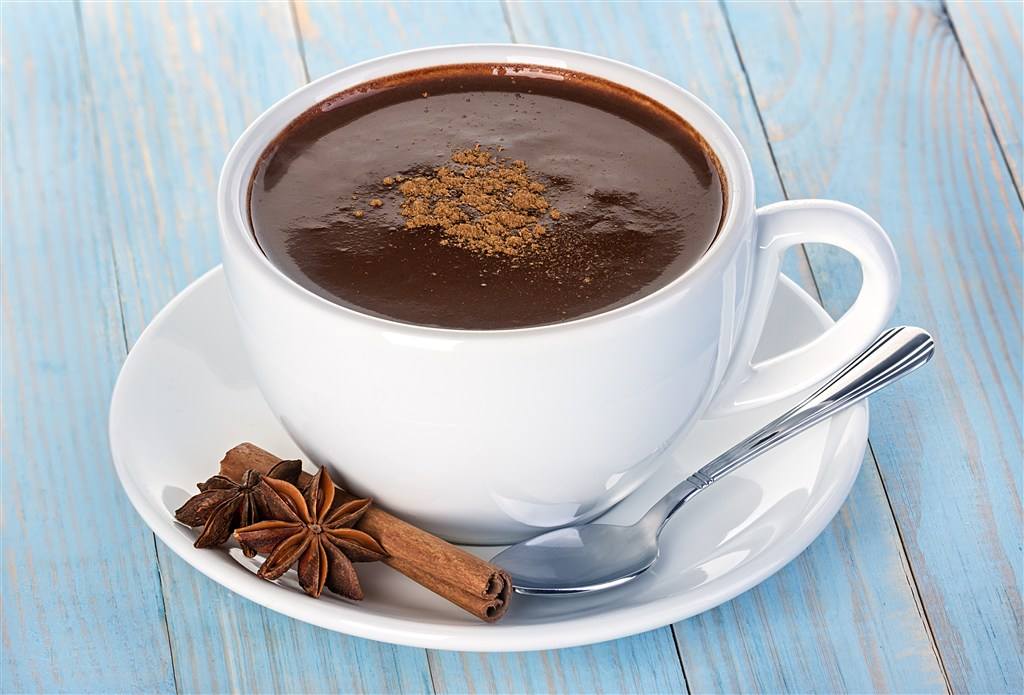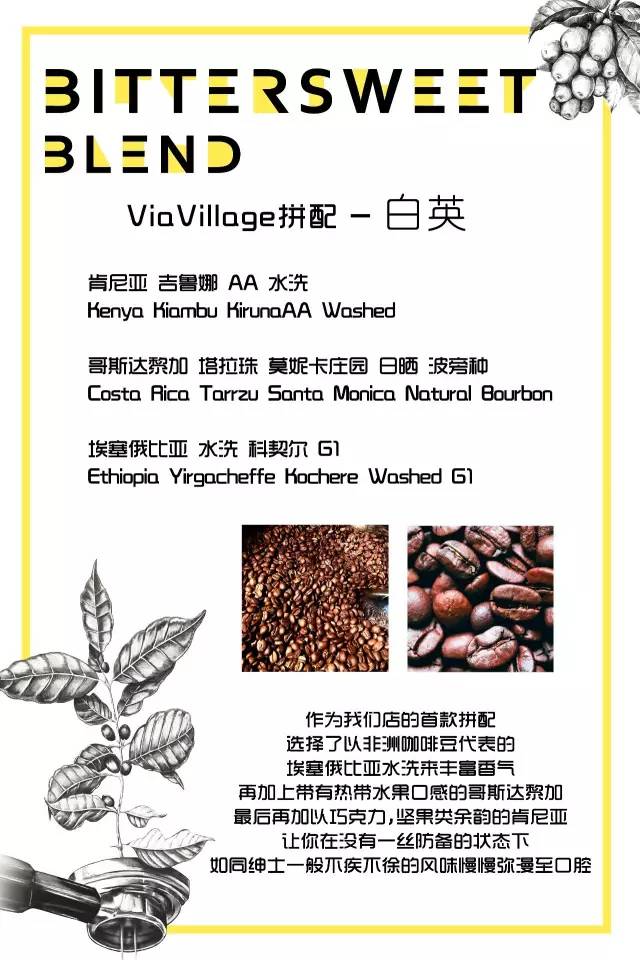Italian matching is not that complicated.
Follow the caf é (Wechat official account vdailycom) and found that Beautiful Cafe opened a small shop of its own.
It is very important for every baker to understand the complexity of Italian concentrated blending. This is not only their housekeeping skill, but also their exclusive secret recipe. It can be said that the matching formula determines the brand image of a coffee shop. But since the recipe is not protected by intellectual property rights, every baker will try to complicate the recipe as much as possible. But from a sensory point of view, does it really make sense to make the taste of coffee more complex? Judging from my years of personal experience and cup testing experience, I don't agree with this.
Espresso can be said to be the mainstream of the coffee market. Lavazza leads the pack with its classic 70:30 match (70% Arabica: 30% Robusta). To this day, this ratio is still sought after by many bakers and baristas.
But today, the coffee market is changing, with all kinds of espresso, from 100% Arabica to 100% robista (which is not common, of course). The famous Illy company insists on 100% Arabica mixed coffee. According to the company, Illy's products include nine Arabica coffees. Of course, the proportion of each kind of coffee cannot be exactly the same, but with so many varieties of coffee mixed, the content of each kind of coffee must be pitifully small. In this regard, what I would like to ask is, what is the significance of this approach? Can a content of less than 10% really reflect the characteristics of a certain variety of coffee?

Moreover, in the process of coffee extraction, can such a low proportion really ensure constant quality?
Let's do a simple calculation:
20 grams of coffee = 150 coffee beans
Then 8 grams of coffee = 60 coffee beans
10% of these 60 coffee is 6 coffee, 5% is 3 coffee.
It's really rare, isn't it? But in fact, this proportion is very common, and many companies' product packages are marked with "4% X coffee, 6% Y coffee, 8% Z coffee."
What are the chances of me using this 10% coffee in this whole bag of coffee beans? But from a commercial point of view, this ratio does average the price of different types of coffee, but from a sensory and consumer experience point of view, this practice is really meaningless and is not conducive to maintaining the quality of the product.
In my opinion, each kind of mixed coffee can only contain up to five kinds of coffee. I know a lot of people don't agree with me, but the real purpose of making blended coffee is to create delicious coffee with excellent quality and balanced taste for consumers, isn't it?
Important Notice :
前街咖啡 FrontStreet Coffee has moved to new addredd:
FrontStreet Coffee Address: 315,Donghua East Road,GuangZhou
Tel:020 38364473
- Prev

Via Village-White English
Kenya Kiambu KirunaAA WashedAltitude 1300m Coffee Flower Blackcurrant Chocolate Costa Rica Tarrzu Santa Monica Natural Bourbon Altitude 1450- 1650m Passion Fruit Berry Wine Heart Chocolate Aftertaste Front with rich tropical fruit flavor
- Next

Boutique coffee tasting and hand-brewing foundation
Following caf é (Wechat official account vdailycom) found that Coffee Cafe opened a small shop of its own. Coffee, as the biggest commodity after oil trade, is no longer a daunting import that respects moral people. Coffee is becoming more and more popular in today's cities. For many people, drinking a cup of coffee is a small exit in a messy life. Coffee and
Related
- Detailed explanation of Jadeite planting Land in Panamanian Jadeite Manor introduction to the grading system of Jadeite competitive bidding, Red bid, Green bid and Rose Summer
- Story of Coffee planting in Brenka region of Costa Rica Stonehenge Manor anaerobic heavy honey treatment of flavor mouth
- What's on the barrel of Blue Mountain Coffee beans?
- Can American coffee also pull flowers? How to use hot American style to pull out a good-looking pattern?
- Can you make a cold extract with coffee beans? What is the right proportion for cold-extracted coffee formula?
- Indonesian PWN Gold Mandrine Coffee Origin Features Flavor How to Chong? Mandolin coffee is American.
- A brief introduction to the flavor characteristics of Brazilian yellow bourbon coffee beans
- What is the effect of different water quality on the flavor of cold-extracted coffee? What kind of water is best for brewing coffee?
- Why do you think of Rose Summer whenever you mention Panamanian coffee?
- Introduction to the characteristics of authentic blue mountain coffee bean producing areas? What is the CIB Coffee Authority in Jamaica?

